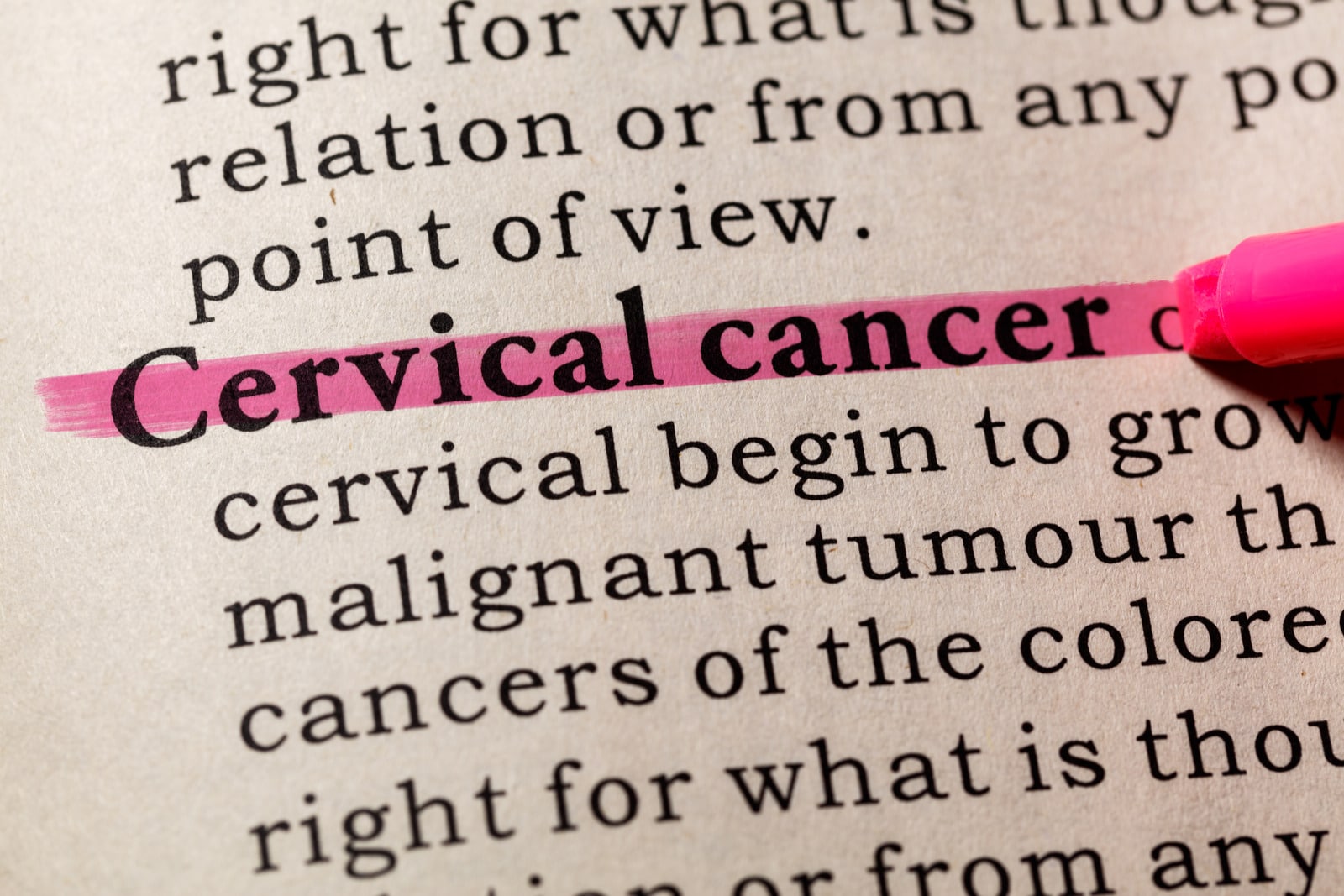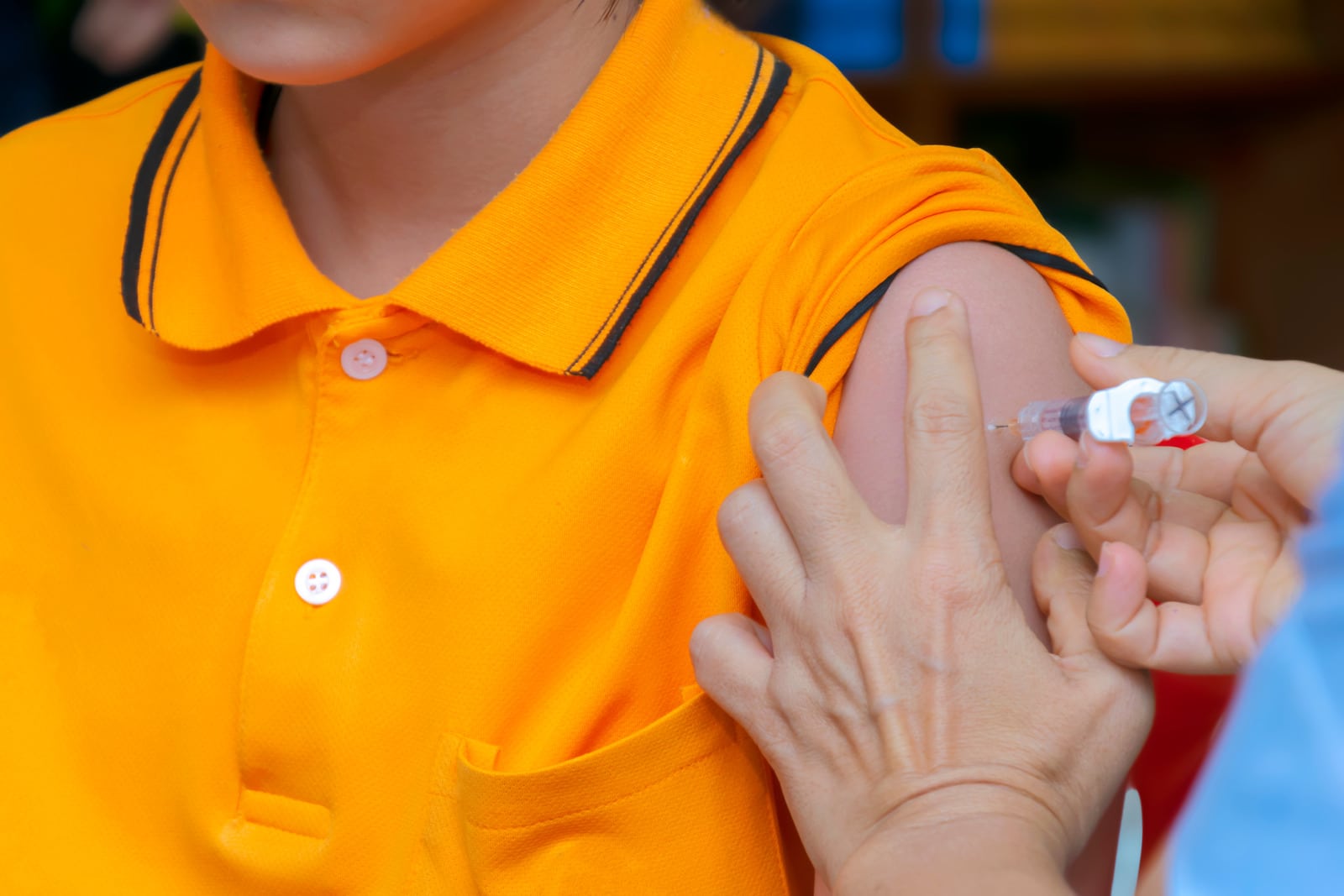
Your Health Unlocked Episodes
043: Public Health and the Environmental Harms of Extractive Capitalism with Kelley Dennings
April 12, 2024
---
Consumer Health Info, Deep Dive Articles, Health Info
Publication Date: July 07, 2023
By: Katymay Malone, Volunteer Health Officer

 Unless a woman has a compromised immune system, cervical cancer progresses very slowly and can be detected – and treated – long before it even has the potential to be life-threatening.
Unless a woman has a compromised immune system, cervical cancer progresses very slowly and can be detected – and treated – long before it even has the potential to be life-threatening.
Cervical cancer used to be the leading cancer death among women in the U.S. With broader screening and treatment programs, the rates have fallen sharply. Yet, lack of access to screening and treatment services still results in thousands of unnecessary deaths. The Centers for Disease Control and Prevention (CDC) estimates that 12,795 women were diagnosed with cervical cancer in the U.S. in 2019 (the last year for which data are available), and 4,152 women died from cervical cancer [1]. Cervical cancer is more prevalent among women over age 30 and American Indian and Alaska Native (10.8 per 100,000), Hispanic (9.6 per 100,000), and Black (8.8 per 100,000) women compared to White women (7.2 per 100,000) [2], possibly because of these communities’ lack of access to screening and treatment services, structural and institutional racism, and other contributing economic and social disparities.
According to the CDC, almost all cases of cervical cancer are caused by the human papillomavirus (HPV). HPV is the most common sexually transmitted infection (STI) in the United States; it is so prevalent that the CDC states: “…almost every sexually active person will get HPV at some point if they don’t get vaccinated“[3]. In 2018, the CDC estimated that 43 million people were infected with HPV, plus an additional 13 million new infections [3].
HPV usually goes away on its own without causing any damage – and often without showing any symptoms. It is important to remember that the vast majority of HPV cases do not result in cancer. If it doesn’t clear, however, HPV infection can lead to warts or cancer in the genitals, mouth, or throat. There are more than 200 types of HPV, but just two types (16 and 18) are believed to cause 70% of all cervical cancer cases [4]. Keep reading to get information on the HPV vaccines.
Along with having an HPV infection, some things increase a woman’s risk for developing cervical cancer: [5,7]
Of course, not all of these things can be prevented; you can’t impact whether your mother took DES or if she had cervical cancer. But there are things you can do to minimize your risk for cervical cancer.
The most important single thing to do to prevent cervical cancer is to get regular health care checkups. In addition, using barrier methods of contraception (like condoms) correctly and consistently prevents the spread of STIs and reduces the rate of cancer. Some research indicates using an intra-uterine device (IUD) lowers the risk of cervical cancer, even after it has been removed. Quitting smoking, eating a healthy diet, and exercising regularly are all good things to do – and they also help reduce the risk of cancer.
In the 1950s, the Papanicolaou (Pap) test was introduced. This test, named after the doctor who invented it, examines a sample of cervical cells under a microscope to identify any problems and detect cervical cancer early on. As a result of the Pap test, cervical cancer rates have declined dramatically. A second type of test, HPV DNA testing, is also used to examine cervical cells for the presence of high-risk HPV (hrHPV). The hrHPV test detects high-risk strains of HPV through an objective diagnostic and does not rely on visual inspection. The World Health Organization (WHO) notes that hrHPV testing is simpler and prevents more pre-cancers and cancer than visual inspection with acetic acid (VIA) or cytology testing. [8]
The U.S. Preventive Services Task Force (USPSTF) recommends that women with a cervix get a Pap test every three years from ages 21 to 29. For women aged 30 to 65, USPSTF recommends the following: 1) Screening every three years with cervical cytology alone, 2) Screening every five years with hrHPV testing alone, or 3) Screening every five years with hrHPV in combination with cervical cytology (co-testing). However, women with prenatal exposure to diethylstilbestrol (DES) should have a Pap test every year.
The USPSTF does not recommend that women under 21 get either the Pap or hrHPV tests since the tests are unlikely to find any problems at such a young age. Similarly, the USPSTF does not recommend hrHPV tests for women under 30 because almost everyone will test positive for the virus at least once. Even though the virus almost always goes away on its own, a positive HPV test increases both health care costs and patient anxieties, and the screening guidelines are designed to minimize both [9]. However, the American College of Obstetricians and Gynecologists (ACOG) notes that the FDA has approved hrHPV testing for women aged 25 and older; ACOG supports the use of hrHPV testing in average-risk patients aged 25-29 and considers it an alternative to cytology-only screening [10]. For women aged greater than 65 years with negative prior screening results, no additional cervical cancer screening is recommended [9].

Ideally, HPV vaccines should be given before one is sexually active; however, they have been approved by the FDA for use in women and men through the age of 45 years. HPV vaccination is most often recommended for females and males ages nine through 26 years. The CDC’s Advisory Committee on Immunization Practices (ACIP) recommends that adults ages 27 through 45 discuss HPV vaccination with their healthcare provider to determine if it is necessary [4]. HPV vaccines effectively prevent infections but do not treat ones that already exist. That is why the vaccine should be given before a person becomes sexually active and is at-risk for exposure to HPV through sexual activity. People who have gotten the vaccine should still have regular Pap and/or hrHPV tests to screen for abnormalities.
The Food and Drug Administration (FDA) has approved three HPV vaccines-Gardasil, Gardasil 9, and Cervarix. Gardasil 9 is the only vaccine used in the United States (since 2016). It prevents 9 types of HPV that are most likely to cause genital warts, precancerous lesions, and cancers of the cervix, vagina, vulva, anus, and head and neck. Specifically, it covers HPV types 6 and 11, which cause 90% of genital warts; 16 and 18, which cause 70% of cervical cancers; and 31, 33, 45, 52, and 58, which account for 10-20% of cervical cancers.
The patient’s age will dictate the number of doses required for the vaccine. Only two doses are required for youth who receive their first dose before their 15th birthday. Three doses are required for people who receive their first dose at age 15 or older. Three doses are also recommended for people with compromised immune systems [4].
Under the new healthcare law, women of every age can receive the HPV vaccine without cost-sharing requirements when provided by an in-network provider [11].
 When a Pap test shows abnormal results, your doctor will need you to come in for follow-up treatment. A repeat Pap test is often done a few weeks or months after the original one to see if the HPV resolves itself. Remember that HPV often goes away on its own and that a Pap test can be abnormal without it being cancer.
When a Pap test shows abnormal results, your doctor will need you to come in for follow-up treatment. A repeat Pap test is often done a few weeks or months after the original one to see if the HPV resolves itself. Remember that HPV often goes away on its own and that a Pap test can be abnormal without it being cancer.
An abnormal Pap test often means that other tests will be performed to assess the presence of cancer or pre-cancerous cells. These tests could include a colposcopy and a cervical biopsy, such as colposcopic biopsy, endocervical scraping, and/or cone biopsy [14].
Cervical cancer care has improved a great deal; the current five-year relative survival rate of localized cervical cancer is 92% (this means that 92 percent of women diagnosed with this cancer are still alive five years later) [12]. Concurrent chemoradiation (radiation and chemo given together) is a standard treatment for cervical cancer. Cisplatin is a chemo drug that is often given weekly during radiation [13].
For more information on the treatment of cervical cancer, see the resources listed below. The NWHN encourages women to inform themselves and be involved in any treatment decisions.
The Network supports public health approaches emphasizing regular, low-tech screening for all women. We support cervical cancer screening to identify pre-cancerous conditions and timely access to treatment and care, which will prevent cancer from developing. We believe all women should have access to the screening, treatment, and information they need to stay healthy – including Pap tests and/or hrHPV testing and follow-up.
We urge healthcare providers to address the barriers that women face in accessing services, including those caused by poverty, structural and institutional racism, cultural barriers, language, and other factors.
The Network also believes that HPV vaccines are a vital tool to prevent future HPV infections and cervical cancer and that no-cost HPV vaccination is critical to ensuring all eligible girls and women who desire the vaccines will have access to them.
Resources
References
